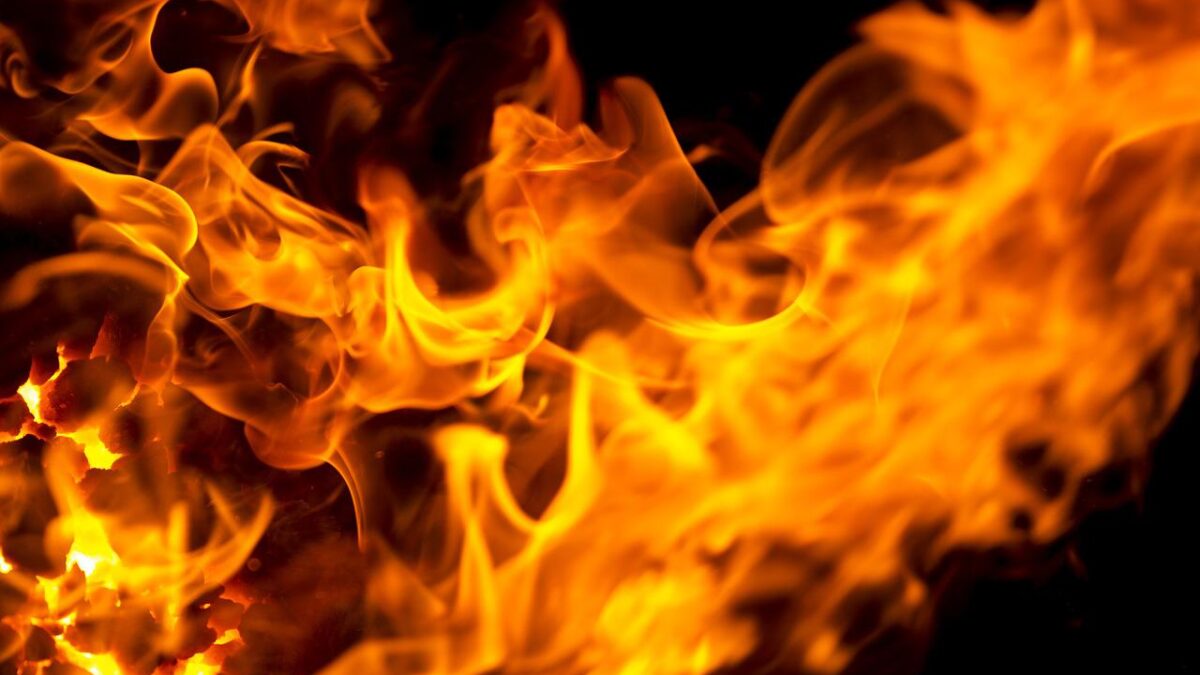Foam is often used in applications where heat (and often flames) is involved. Many foam materials serve as good insulators, protect from flames and heat, and can even prevent combustion. Fire resistant and flame retardant foams are great choices for everything from marine engines to military packaging and much more, but what’s the difference between the two?
There is a big difference between flame retardant foam and fire-resistant foam, and mixing the two up can have some undesirable effects on your application. Learn how to choose the right foam based on what you are trying to achieve.
What is Fire Resistant Foam?
Fire resistant foams are those that naturally resist catching fire because the materials are generally nonflammable. They are not easily set aflame and will not easily melt when exposed to extreme temperatures or sources of heat. This type of foam is designed to prevent fires from spreading because, although they can be set on fire in extreme cases, they burn very slowly and are often self-extinguishing. Since these types of foam also do not melt, there is little chance of the material dripping onto other components, damaging them or allowing the fire to spread further.
Fire resistant foams are most ideally used in applications where open flames are not present. They can safely insulate against heat without fear of the foam becoming damaged or burning.
What is Flame (Fire) Retardant Foam?
Unlike fire resistant foams, which are naturally resistant to flames and heat, flame- or fire-retardant foams are chemically treated to be very slow burning and self-extinguishing. Without this special chemical treatment, the materials generally have no natural resistance to heat or open flames.
Are Either Foam Options Fireproof?
No foam will ever be 100% fireproof. Given enough time and exposure to open flames, foam will burn. What fire resistant and flame retardant foams buy you is time. If they are exposed to extreme heat and open flames for a moment, there is little chance they will go up in flames. If they do, they will burn very slowly and may even extinguish themselves, preventing the fire from spreading.
Fire Resistance and Flame Retardant Standards
There are five major classes of fire ratings:
- Class A (1): flame spread rating is 0-25
- Class B (2): flame spread rating is 26-75
- Class C (3): flame spread rating is 76-200
- Class D (4): flame spread rating is 201-500
- Class E (5): flame spread rating is 500+
Different industries have different regulations and standards when it comes to fire resistant and flame retardant foams. The military uses FRAS (Fire Resistant Anti-Static) to determine the standards for the foam used to store and ship their products, while the building and construction industry uses ASTM E84 as the standard testing method of the surface burning characteristics of building products.
It’s important to understand the standards in your industry, which is something our foam experts at Amcon can help with. We work with many different fire resistant and flame retardant foams and can help you choose the right one for your application. Get in touch with our foam experts today.


